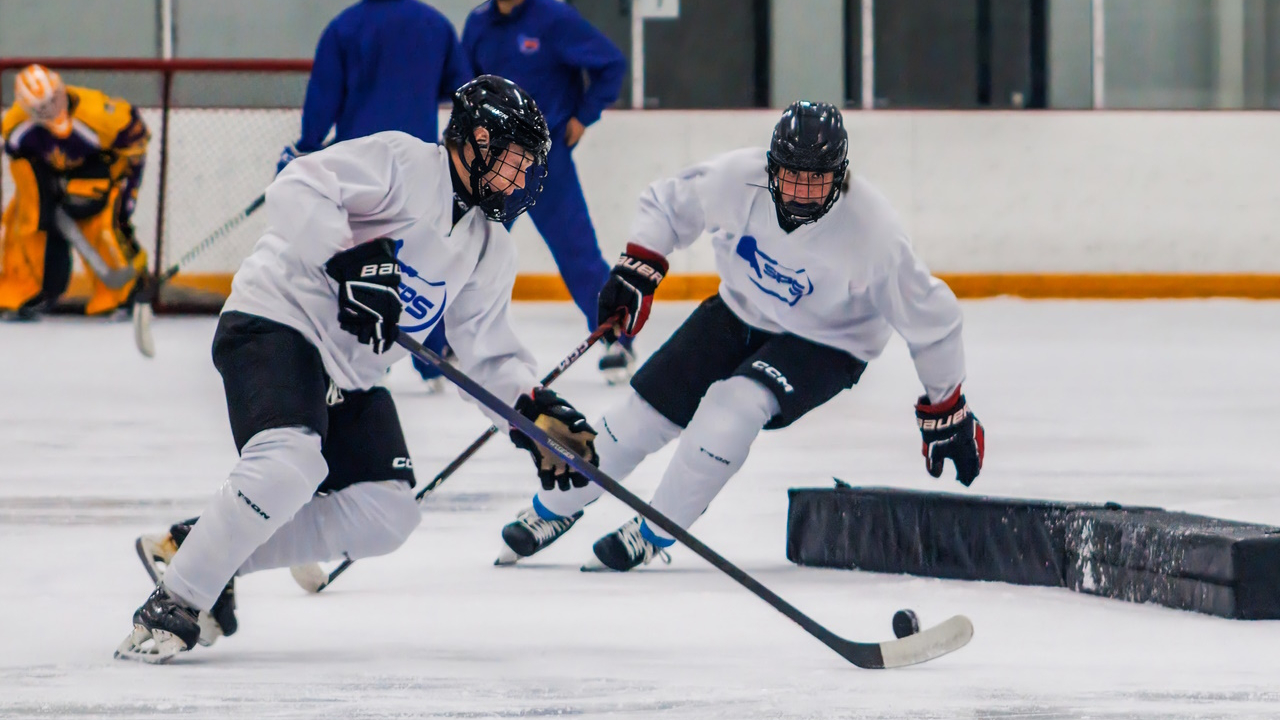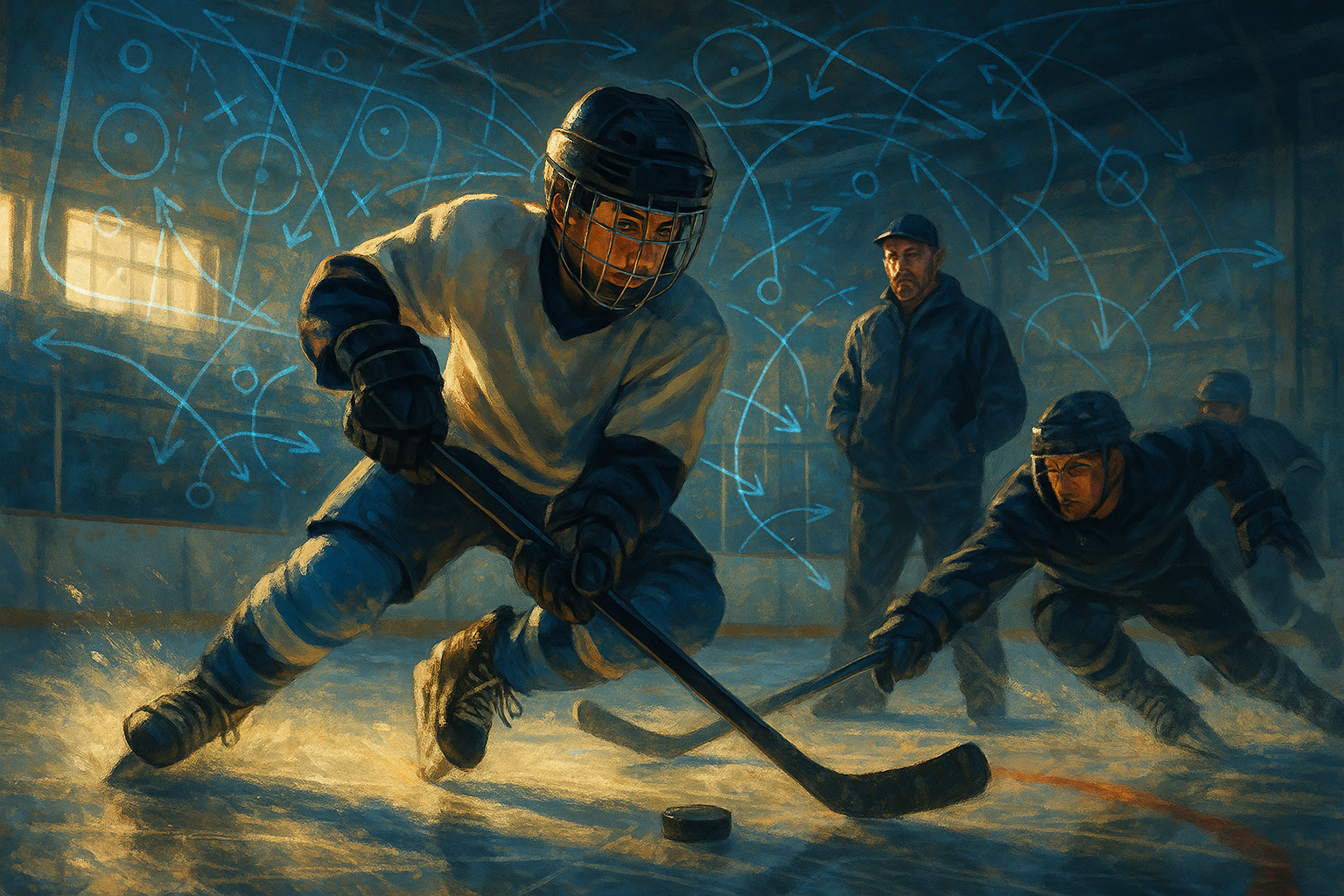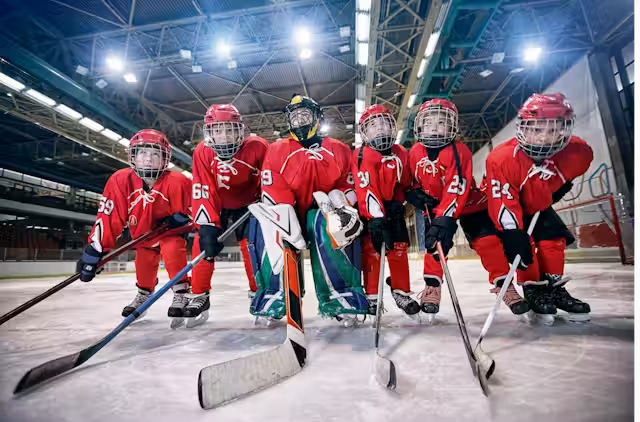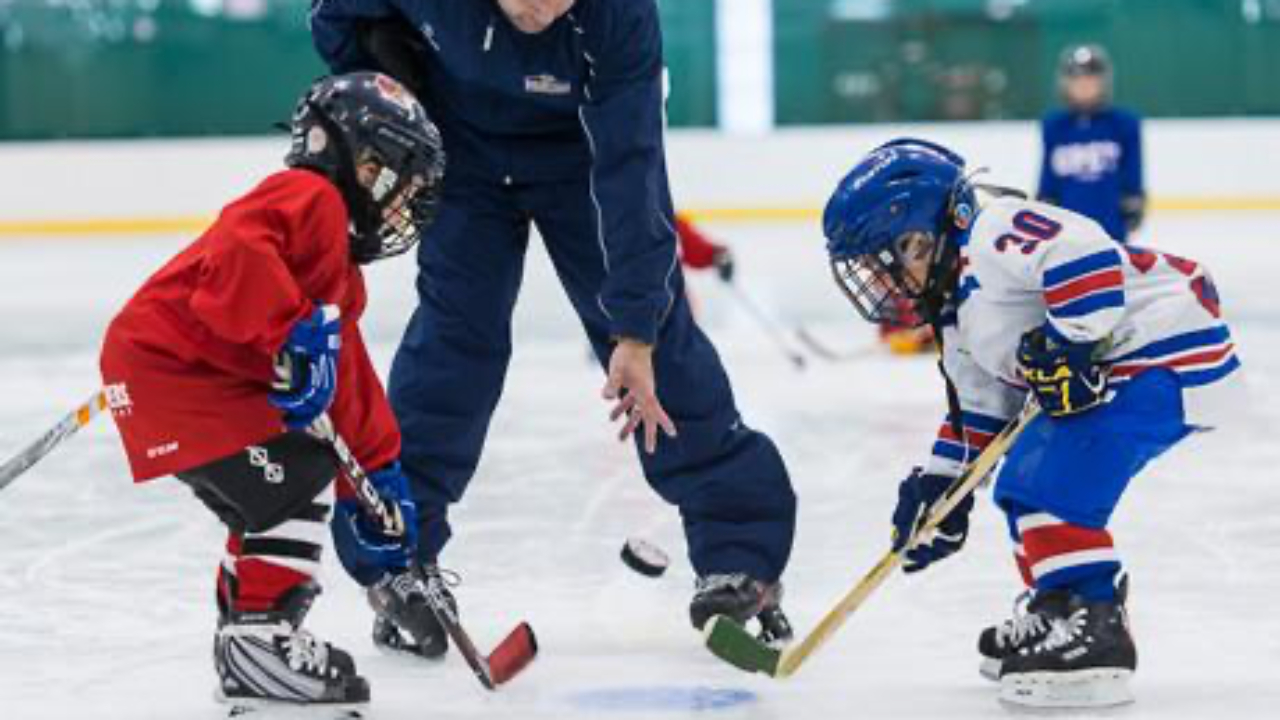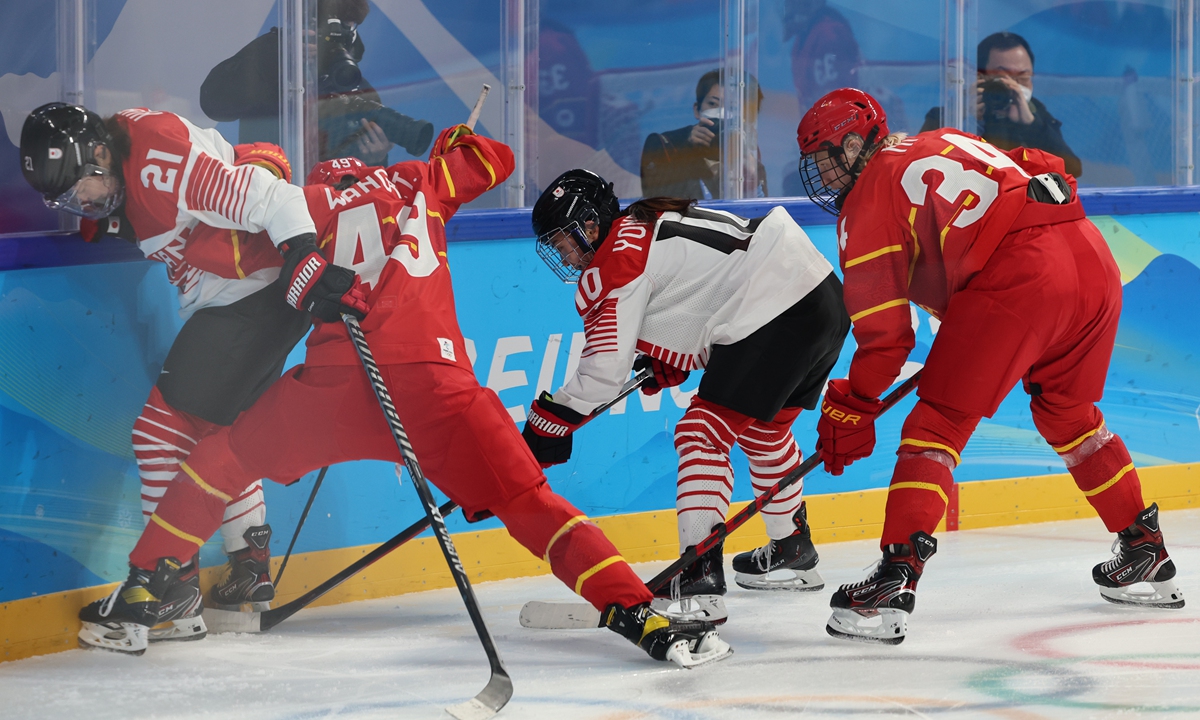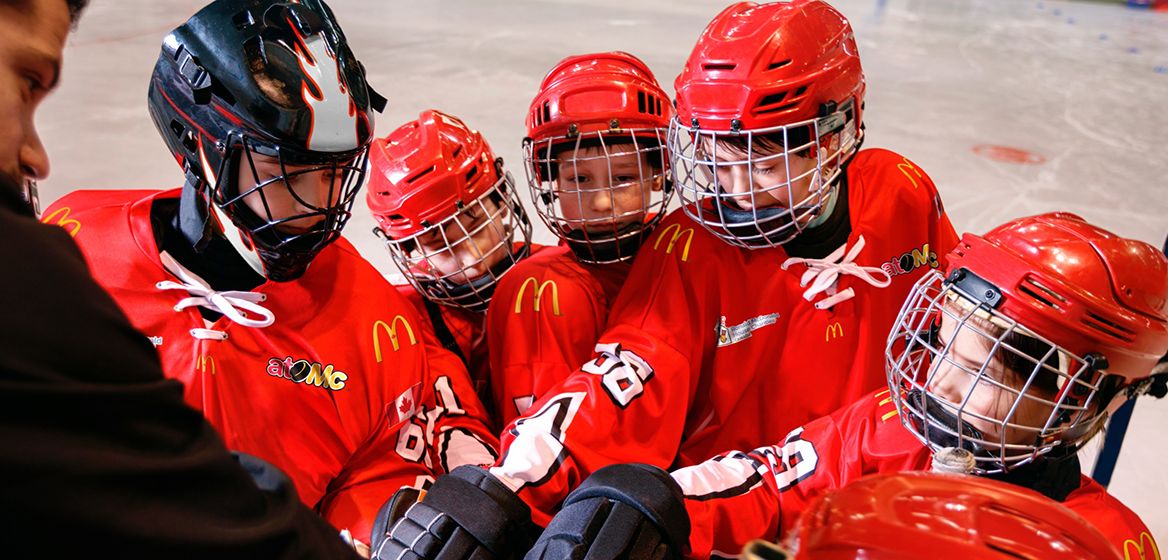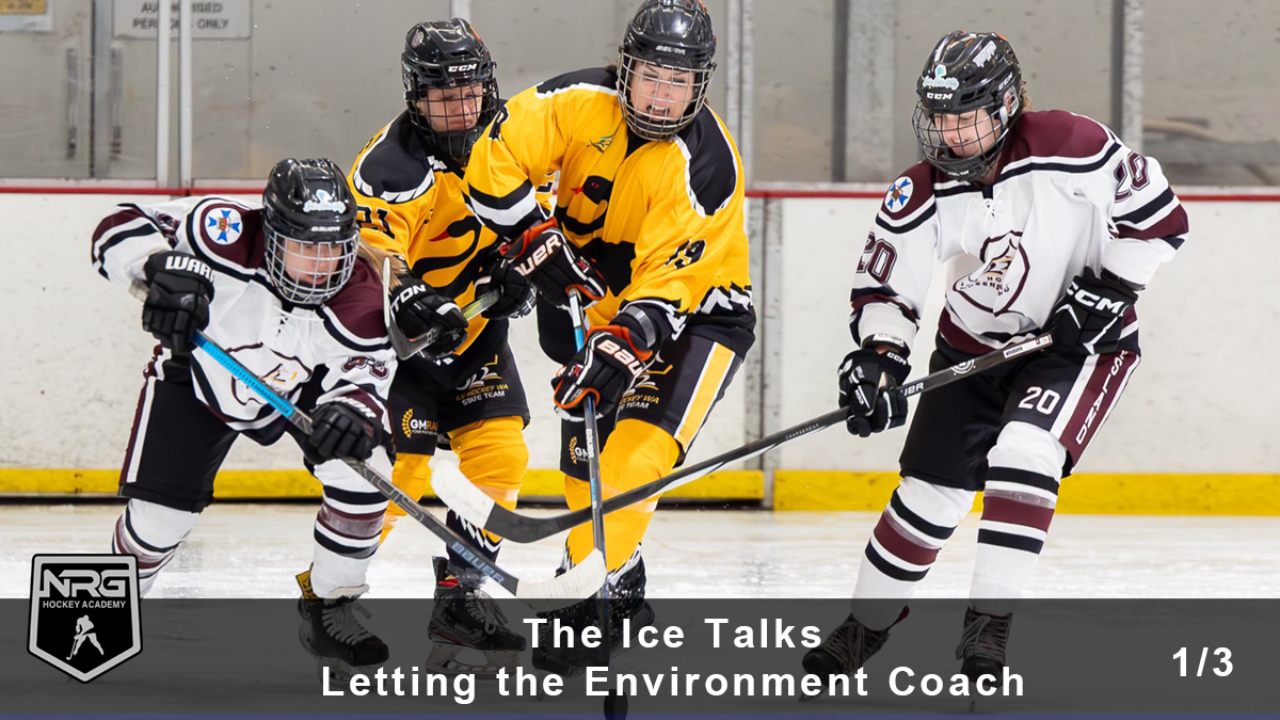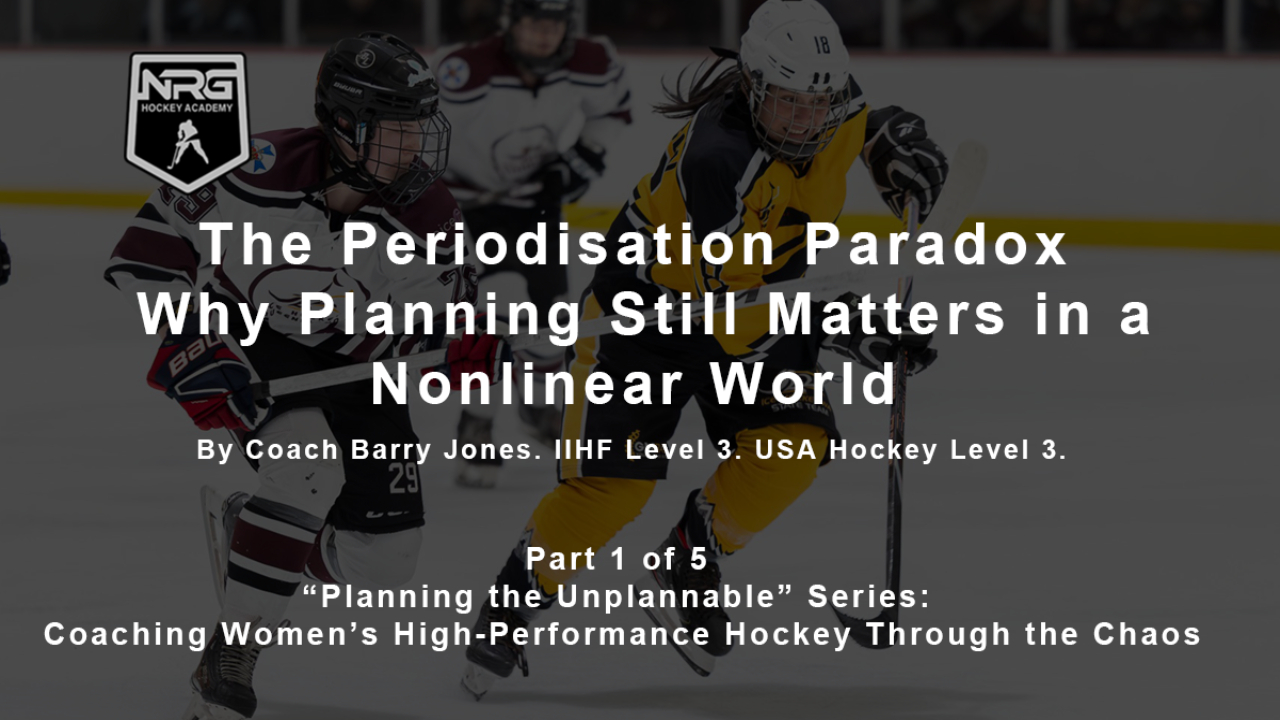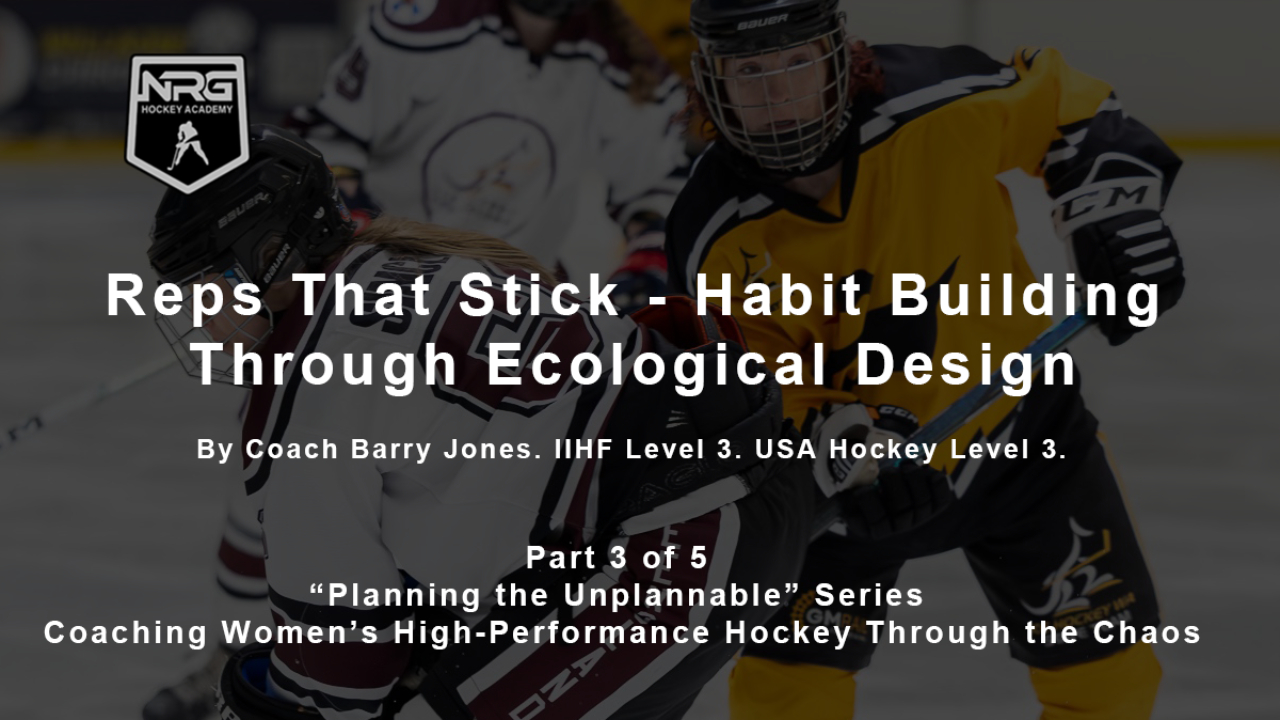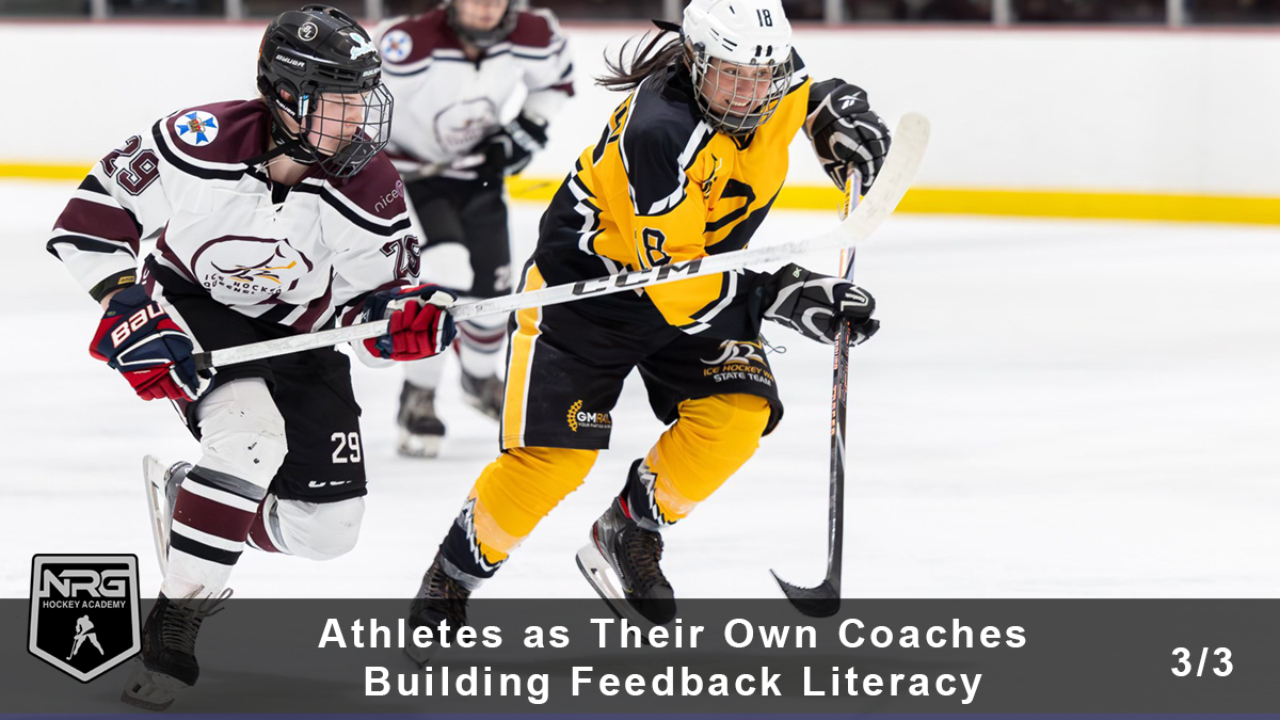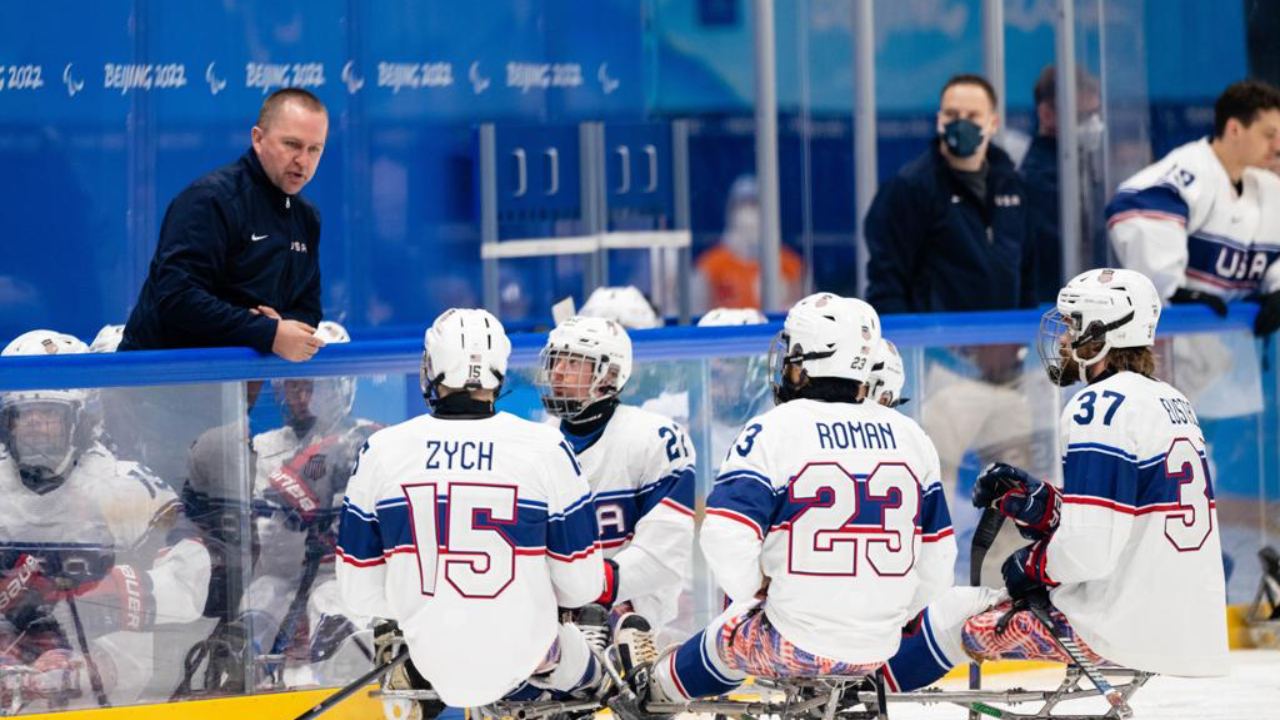
Coaching the Individual in a Chaotic System – Inclusion, Adaptability, and Athlete-Centred Design
Part 5 of 5 in the “Teaching Through Chaos” Series
By Coach Barry Jones. IIHF Level 3. USA Hockey Level 3
You don’t coach the ideal athlete. You coach the one in front of you.
Coaching isn’t about finding the perfect player.
It’s about unlocking the potential of every player, whatever their background, ability, or brain.
And in chaos-based sports like hockey, that means designing environments that are as adaptable as the game itself.
This final post is about inclusion, not as a buzzword, but as a coaching principle.
Because when you embrace ecological design, you don’t just create better athletes.
You create belonging through learning.
Traditional Coaching Creates Divide
When I first started working with para, neurodiverse, and mixed-experience teams, I ran into a problem.
Traditional drills just didn’t work.
• For para sled athletes, each player had different physical constraints.
• For neurodiverse players, learning didn’t follow the same sequence or pace.
• For teams with experience gaps, like the women’s state team, one group was bored while the other was lost.
And when your coaching system only works for some, you’re not coaching the whole team.
You’re just coaching the few who already fit.
Ecological Dynamics: Where Inclusion Meets Intelligence
That’s where ecological dynamics changed everything.
This framework isn’t just about athlete development, it’s about athlete connection.
Because it includes three powerful ingredients:
• The athlete: who brings their unique strengths, rate limiters, and learning style.
• The environment: which can be shaped to stretch, challenge, and support.
• The task: which drives the learning through meaningful action.
In this model, we don’t ask athletes to conform to drills.
We shape environments around the real athlete in front of us, whoever they are.
Case 1: Coaching Para Sled Hockey Athletes
Working with new-to-the-game para athletes was one of the most transformative moments in my coaching.
Each player had different constraints; some couldn’t rotate fully, others had asymmetrical upper-body strength or limited range of motion.
No two athletes were the same.
And no traditional drill could meet them where they were.
So I stopped scripting.
And I started designing.
We created small area games that:
• Focused on awareness of angles and positioning
• Reduced emphasis on speed and increased emphasis on timing
• Rewarded smart stick placement and team communication
Suddenly, players weren’t being “accommodated”, they were being engaged.
They weren’t learning less. They were learning differently, and in context.
Case 2: Coaching Neurodiverse Athletes
Neurodiverse athletes challenged me in the best way possible.
Some athletes needed more time to process.
Others thrived on visual cues rather than verbal instructions.
Some responded best when they moved first and reflected after.
Again, traditional frameworks fell short.
So we coached the way they think, not the way the manual said to teach.
What did that look like?
• Using small area games to spark pattern recognition through experience
• Reducing verbal overload
• Creating games with rules that naturally prompted behaviour instead of commanding it
• Encouraging peer support over coach correction
The result?
These athletes didn’t just fit in. They became confident, creative contributors.
And more than that, the rest of the team grew more adaptable by learning with them.
Case 3: Empowering Women Through Game Design
When I co-coached the Western Australian Women’s Ice Hockey Team, we had six weeks to prepare a mixed group, some high-performance players, others newer to the sport.
In the past, I’d seen coaches try to split this kind of team:
Drill the top group. Teach the bottom group. Hope it all comes together in the end.
But this time, we used ecological design to unite them.
We built small area games that offered affordances to both levels:
• For newer players: simple reads, space to explore, low-pressure decisions
• For advanced players: tighter constraints, quicker transitions, layered challenges
Both groups played the same game.
But each athlete found something to learn at their edge.
And here’s the key:
We didn’t reduce expectations for anyone.
We increased opportunity, through thoughtful environment design.
This wasn’t just about game sense. It was about agency.
Each athlete had the power to read, decide, and own their role.
And that’s what builds confidence. That’s what builds belonging.
This Is Coaching. Real Coaching.
To coach inclusively is to coach intentionally.
It’s not about lowering standards.
It’s about removing unnecessary barriers, and raising the quality of the experience for everyone.
And ecological coaching lets you do that, because it doesn’t demand sameness.
It encourages adaptation.
It celebrates difference as a driver of growth.
Final Words – The End of This Series. The Start of Something Better.
This series began with chaos.
And we’ve returned to it, but now with a plan.
You’ve seen how ecological dynamics give us:
• A way to develop Hockey IQ through perception–action coupling
• A method to train decision-making, not just execution
• A model to design for adaptability, not control
• And a path to include every athlete, without diluting the quality of learning
This isn’t theory.
It’s what happens when you coach through chaos.
So as you step back into your rink, your squad, your program, ask yourself:
Am I creating space for athletes to find themselves in the game?
Am I shaping problems, not just giving answers?
Am I coaching for everyone, not just the ready-made?
That’s the future.
And it’s already here.

